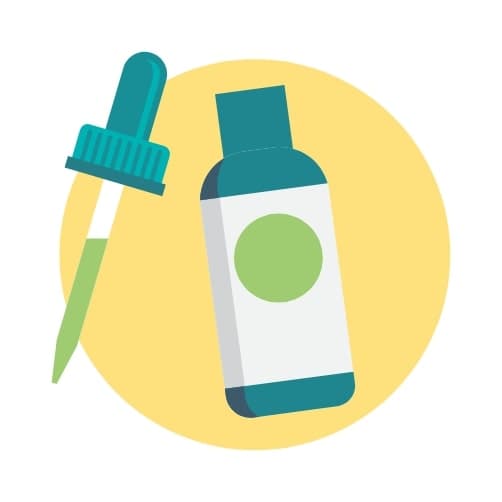Optimum Nutrient Recommendations
The best available balance of scientific evidence suggests that the healthiest way to eat is a vitamin B12-fortified diet centered around whole plant foods. I go into specifics of the Daily Dozen foods I recommend in my video, Dr. Greger's Daily Dozen. And for a more thorough dive into the science on these foods, check out my NYT best selling book, How Not to Die.

Vitamin B12 Recommendations
At least 2,000 mcg (µg) cyanocobalamin once each week, ideally as a chewable, sublingual, or liquid supplement taken on an empty stomach.
or at least 50 mcg daily of supplemental cyanocobalamin (you needn't worry about taking too much).
or servings of B12-fortified foods three times a day (at each meal), each containing at least 85% of the Daily Value listed on the nutrition facts label if you are based in the US (for nutrition facts labels outside of the US, each serving should contain at least 2 mcg).
Those over 65 years of age should take at least 1,000 mcg (µg) cyanocobalamin every day.
Tip: If experiencing deficiency symptoms, the best test is a urine MMA (not serum B12 level).
For more B12 info including doses for children, check out our infographic.
Vitamin D Recommendations
15-30 minutes of midday sun (15 for those with lighter skin; 30 for those with darker skin) or 2,000 IU supplemental vitamin D
From February through November:
15-30 minutes of midday sun (15 for those with lighter skin; 30 for those with darker skin) or 2,000 IU supplemental vitamin D
From December through January:
2,000 IU supplemental vitamin D
From March through October:
15-30 minutes of midday sun (15 for those with lighter skin; 30 for those with darker skin) or 2,000 IU supplemental vitamin D
From November through February:
2,000 IU supplemental vitamin D
From April through September:
15-30 minutes of midday sun (15 for those with lighter skin; 30 for those with darker skin) or 2,000 IU supplemental vitamin D
From October through March (or even longer above 60°latitude (Anchorage/Stockholm)):
2,000 IU supplemental vitamin D
Calcium
- At least 600 mg daily via calcium-rich plant foods—preferably low-oxalate dark green leafy vegetables, which includes all greens except spinach, chard, and beet greens (all very healthy foods, but not good calcium sources due to their oxalate content).
For more information on Calcium:
Omega-3 Fatty Acids
- Consider 250 mg daily of pollutant free (yeast- or algae-derived) long-chain omega-3's (EPA/DHA).
For more information on Omega-3 Fatty Acids:
Iodine
- For those who don't eat seaweed or use iodized salt, a 150 mcg daily supplement.
- The sea vegetable hijiki (hiziki) should not be eaten due to high arsenic levels.
- Kelp should be avoided as it tends to have too much iodine.
For more information on Iodine:
Iron
- All menstruating women should increase their absorption by combining foods rich in iron and vitamin C at meals and should get checked for iron-deficiency anemia every few years.
- Men should be checked for an iron overload disease before any attempt to increase intake.
For more information on Iron:
Selenium
- Northern Europeans may need to take a supplement.
For more information on Selenium:
Need a refresher on The Daily Dozen?
Dr. Greger's Daily Dozen was developed based upon the best available balance of evidence. Rather than being a meal plan or diet in itself, it is simply a checklist to inspire you to include some of the healthiest foods in your diet.